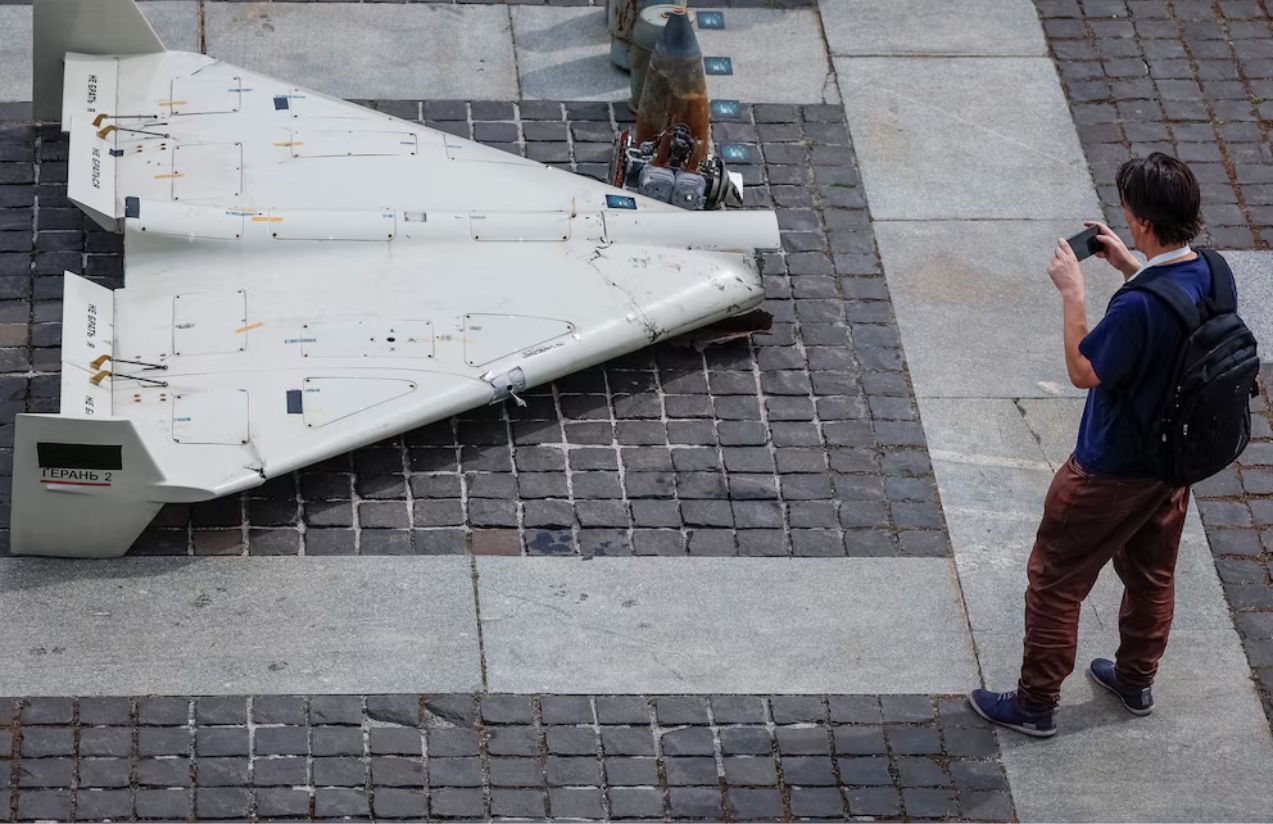Ukraine’s air defenses are facing one of their most critical moments since the beginning of the Russian invasion, as a growing wave of drone attacks is breaching protective systems at an unprecedented rate, according to an analysis by the Financial Times based on official data.
Shahed drones — originally Iranian-designed but now manufactured in Russia — are being deployed in coordinated “swarm” attacks, tripling the rate of successful strikes in recent months. Between April and June, approximately 15% of these drones penetrated Ukrainian defenses, a sharp increase from the 5% recorded in the previous quarter, according to figures from Ukraine’s Air Force cited by the British outlet.
The volume of attacks has also risen dramatically. Over the past weekend, Russia launched 426 Shahed drones in a single nighttime operation that extended into the early hours of Monday, Ukrainian military sources reported.
“The issue isn’t that Ukraine’s air defenses are getting worse — it’s that drones are now flying at higher altitudes and using more sophisticated tactics,” said Yasir Atalan of the Center for Strategic and International Studies in an interview with the Financial Times. “That makes them much harder to intercept.”
Moscow has demonstrated a striking ability to adapt, modifying the Shahed drones to improve their speed and maneuverability while making them less vulnerable to the truck-mounted machine guns traditionally used by Ukrainian forces. These customized versions, dubbed “Geran” — after the geranium flower, in line with the Soviet tradition of naming weapons after plants — include advanced models like the Geran-3. This version features a turbo engine capable of diving at speeds of up to 800 km/h and has recently been used in attacks on Kyiv.
Russia’s ramped-up domestic production of these drones has enabled it to carry out massive saturation strikes. On July 9, Russian forces set a new record by deploying 728 drones — including Shaheds and decoys — along with seven Iskander cruise missiles and six Kinzhal ballistic missiles launched from aircraft.
“The scale of these launches is designed to overwhelm our defensive systems, increasing the likelihood of hits,” Atalan added.
Experts are also concerned by a shift in Russia’s strategy. “Instead of spreading 500 drones across the country like before, Russian forces are now focusing their strikes on one or two cities at a time,” said Oleksandr Matviienko, a drone expert at Counteroffensive Pro, a publication specializing in Ukrainian defense technology.
To counter this evolving threat, Ukraine is employing a mix of technologies: electronic warfare to jam the drones’ GPS signals, traditional anti-aircraft guns, and modern weapons like the Oerlikon Skynex, a state-of-the-art air defense cannon developed by German manufacturer Rheinmetall.
Despite the scale of the latest attack, Ukraine’s air defenses showed signs of improvement: only 5.4% of the more than 400 Russian drones launched managed to reach their targets — a lower success rate than in recent weeks.
In response, President Volodymyr Zelensky announced on July 10 that Ukrainian forces are now intercepting “dozens of Shaheds” in each Russian attack using domestically produced interceptor drones. Earlier this month, he also revealed an agreement with Eric Schmidt — former Google CEO and current head of U.S.-based company Swift Beat — to co-produce hundreds of thousands of drones in Ukraine, including interceptors.
According to Matviienko, for these new counter-drones to be truly effective, they would need to reach altitudes of 6,000 meters and speeds of at least 200 km/h to successfully intercept Shaheds.

